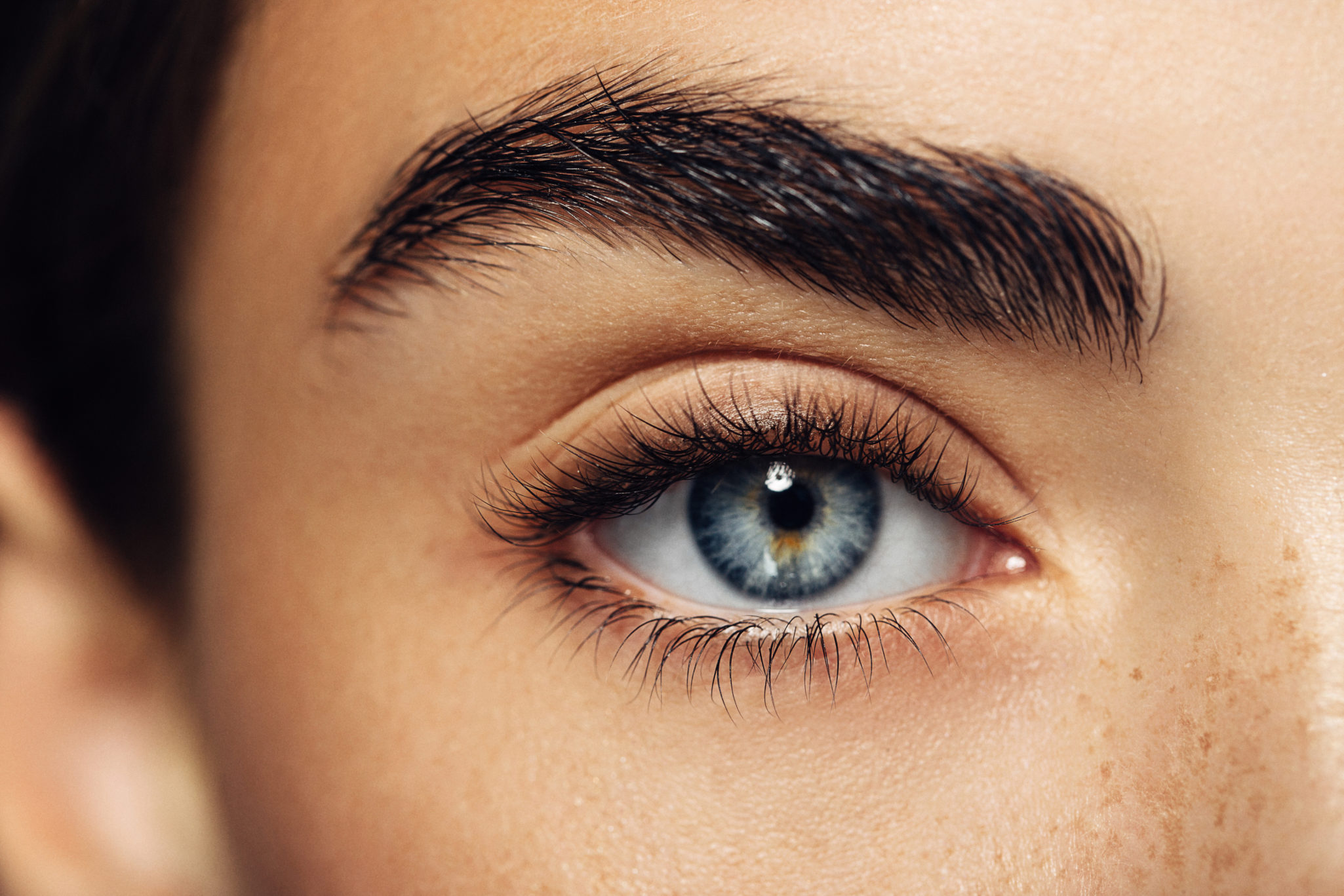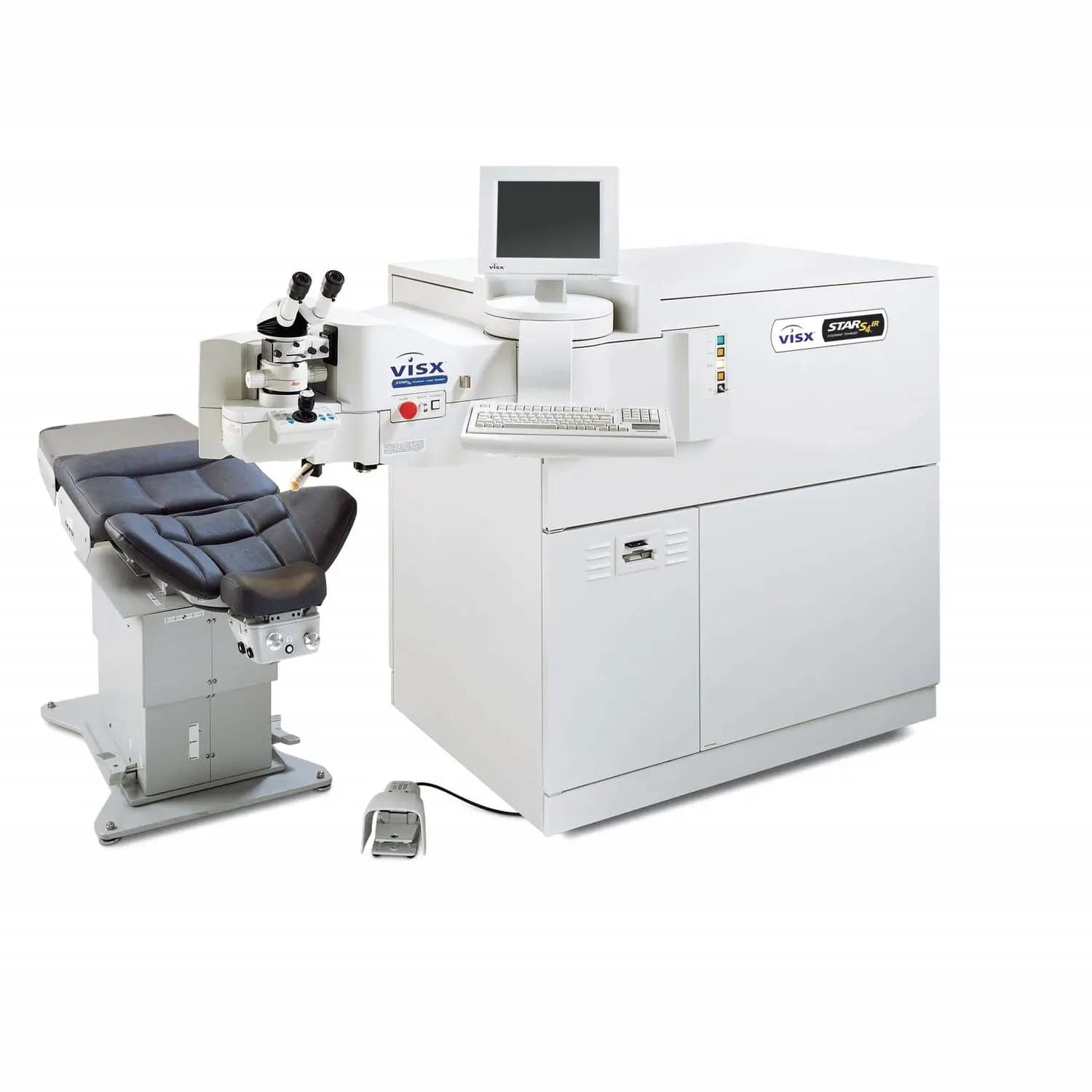If you're considering vision correction surgery to reduce or eliminate your need for glasses or contact lenses, you may have looked into LASIK, ICL, or other options. The videos below will give you an overview of the different types of vision correction surgery.
All-LASER LASIK
Refractive Lens Exchange (RLE)
Photorefractive Keratectomy (PRK)
Call or visit our booking page to schedule a free evaluation which could help us determine which surgery may be best for you. More information about LASIK and ICL surgeries can be found below.
Custom iLASIK
What is iLASIK?

iLASIK is often referred to as “blade-free LASIK” because it uses a laser to create the corneal flap rather than the microkeratome used in traditional LASIK. Prior to the actual surgery, iLASIK WaveScan technology creates a 3D map of your eyes. This analysis looks for imperfections in your eyes, comparing your eyes to eyes with perfect vision, making for very precise correction with the iFS Advanced Femtosecond Laser creating the flap and the STAR S4 IR Excimer Laser reshaping your cornea.
If you are interested in iLASIK in St George UT, Mesquite NV and surrounding areas, contact Richens Eye Center today to schedule an appointment.
What can iLASIK treat?
iLASIK is used to treat farsightedness, nearsightedness and astigmatism, and is a proven and tested treatment that has a long history of success.
iLASIK vs. LASIK
The difference comes down to two things:
- iLASIK uses a femtosecond laser to create the corneal flap. LASIK uses a microkeratome blade handled by the surgeon.
- 3D mapping makes iLASIK truly customized to the specific imperfections in your eyes. The 3D mapping guides the excimer laser, which gently reshapes the cornea to the precise curvature necessary to give you perfect vision.
What to expect after iLASIK
It’s normal for you to feel some moderate pain and discomfort for up to 3 days after your iLASIK procedure with Dr. Richens. You’ll probably feel as if you have an eyelash in your eye, although what you’re feeling is the corneal flap as it starts to heal. As this progresses you may have some blurriness and sensitivity to bright light. We’ll give you a protective shield to place over your eyes, but you’ll need to avoid rubbing or touching them at all.
What should I expect from my results of iLASIK surgery?
Over 15 million iLASIK procedures have been performed worldwide with amazing results. This procedure has an initial success rate of up to 95 percent, with “touch-ups” increasing that number. Ninety-four percent of iLASIK patients see 20/20 or better six months after their laser vision correction.
Will I still need reading glasses after iLASIK?
You may still need reading glasses to address your presbyopia if you’re over 40, but that is simply due to the muscles in your eyes becoming less flexible for up-close focus. It is not a refractive error due to a misshapen cornea, which is what iLASIK corrects.
Why iLASIK is safe
LASIK has proven to be an incredibly safe and successful surgery, but iLASIK is even safer. Because iLASIK uses a femtosecond laser to create the flap, rather than a hand-help blade in a microkeratome, the precision of the flap in iLASIK is incredibly precise. Because the thickness of the corneal flap affects the quality of the final outcome, the consistency of iLASIK’s femtosecond laser guarantees better accuracy every time.
Dry eye is a common complication of LASIK, but this is rare with iLASIK. Plus, the incidence of patients needing a second surgery is 50 percent lower than with traditional LASIK (although even those rates are very low; LASIK is very safe).
LASIK may be the most well-known surgical vision-correcting procedure. The excimer laser works by reshaping the cornea, the structure of the eye through which light passes. The shape of the cornea bends rays of light so they land appropriately on the retina, the piece of tissue at the back of the eye that sends signals to the optic nerve. During the LASIK procedure, the eye specialist uses a femtosecond laser to create a superficial flap in the corneal tissue. The excimer laser then reshapes the cornea to the precise correction your eyes need. This is done using cool ultraviolet light that is safe and efficient at creating the ideal curvature for clear, focused vision. After reshaping the cornea, the doctor smoothes the superficial flap back into place, where it seals within minutes.
EVO Visian ICL is an Implantable Collamer™ Lens designed to correct astigmatism and refractive errors, such as nearsightedness. Collamer is safe and effective, being a biocompatible material. The ultra-thin implantable lens is inserted in the eye using special instruments. No corneal tissue is removed during the 20 to 30-minute procedure. The implanted lens is what reshapes the cornea, thereby improving visual acuity and clarity.
It may seem appealing to avoid tissue removal and permanent corneal reshaping by simply inserting a special lens. However, the ICL lens is generally used only in select cases. Your doctor can help you determine which of these two procedures may be most appropriate for you based on your current eyeglass prescription. ICLs are FDA approved to correct nearsightedness ranging from -3.00D to -20.00D. That said, these lenses are only approved for the treatment of nearsightedness. If you have farsightedness or astigmatism, you may not be a candidate for EVO Visian ICL Lens treatment.
The LASIK procedure is FDA-cleared for the treatment of both nearsightedness and farsightedness, with or without astigmatism. However, the range of nearsightedness that's treatable with LASIK is less than that of ICL implantation. Interestingly, while the ICL procedure does not remove any corneal tissue, it is considered more invasive than the LASIK procedure. For this reason, doctors tend to reserve it for patients with nearsightedness beyond what LASIK can treat effectively.
When you visit Richens Eye Center in St. George, Utah or Mesquite, Nevada, one of our experienced, friendly physicians will perform a thorough consultation and eye examination to determine your ideal treatment. Both the LASIK and the ICL procedures are performed in the office. To ensure your comfort, your doctor will begin your treatment with the application of a topical numbing medication. These specially-formulated eye drops are a powerful, fast-acting form of local anesthesia. Your eyes will remain numb for the duration of your procedure. After the procedure, once the medication has worn off, you may feel slight soreness in the eyes. This is temporary and can be managed with over-the-counter medication
IntraLase CustomVue LASIK
Benefits of IntraLase for LASIK Surgery

Dr. Sharon Richens of Richens Eye Center choses to exclusively use the IntraLase method to create a LASIK flap for laser eye surgery. Why? The answer can be broken down into a few parts which include:
- Greater Safety: Millions of procedures have been performed safely and effectively using the IntraLase method.
- Better Vision: The IntraLase Method is 100% blade-free, exceptionally advanced and has been shown to improve outcomes for more patients. More patients get better outcomes when their LASIK procedure is performed with the IntraLase Method. Patients may experience faster recovery, fewer LASIK flap-related complications and fewer induced higher order aberrations. Higher order aberrations may contribute to visual disturbances such as glare and halos.
- Ability to Personally Tailor the Procedure to Your Eye: The IntraLase Method gives your doctor the ability to tailor the dimensions of your LASIK flap based on what’s best for your eye. Individualized LASIK flaps contribute to excellent postoperative outcomes. The vision in the IntraLase-treated eye was preferred 3-to-1 (among those who stated preference).
Visian ICL

Clear Lens Replacement
If you are not a candidate for iLASIK, you may be a candidate for the Visian ICL (Implantable Contact Lens) or a Clear Lens Replacement. Dr. Sharon Richens is the first and most experienced certified surgeon in Southern Utah performing this procedure.
What is the Visian ICL procedure?
The Visian ICL is a lens that is placed behind the iris and in front of the natural lens. The procedure only takes about 20 minutes per eye. The lens implant is rolled into an injector, then inserted into the eye through an incision measuring 2.5 mm. Once inside the eye, the lens opens up and Dr. Richens then tucks the edges of the lens in place.
Is Visian ICL safe?
This procedure was FDA approved in the United States in 2005. FDA approval is for patients older than 21 who are nearsighted in moderate to severe ranges of -3.00 to -20.00 diopters. Many years before FDA approval, the Visian ICL was approved and marketed in many countries outside the United States, including Europe.
Visx Laser
Richens Eye Center has acquired the most advanced excimer laser in the country: the WaveLight EX500 Excimer Laser from Alcon Surgical.

iLASIK, ICL & Laser Vision Correction Hotline
Monday-Friday 6:30am – 8:00pm
Saturday & Sunday 10:00am – 4:00pm
Richens Eye Center proudly provides patients from St George, UT and Mesquite, NV with iLASIK and ICL. Contact us at our St George locations at 435.986.2020 and 435.628.1112, or our Mesquite location at 702.346.2950. You can also fill out our Request An Appointment form.


